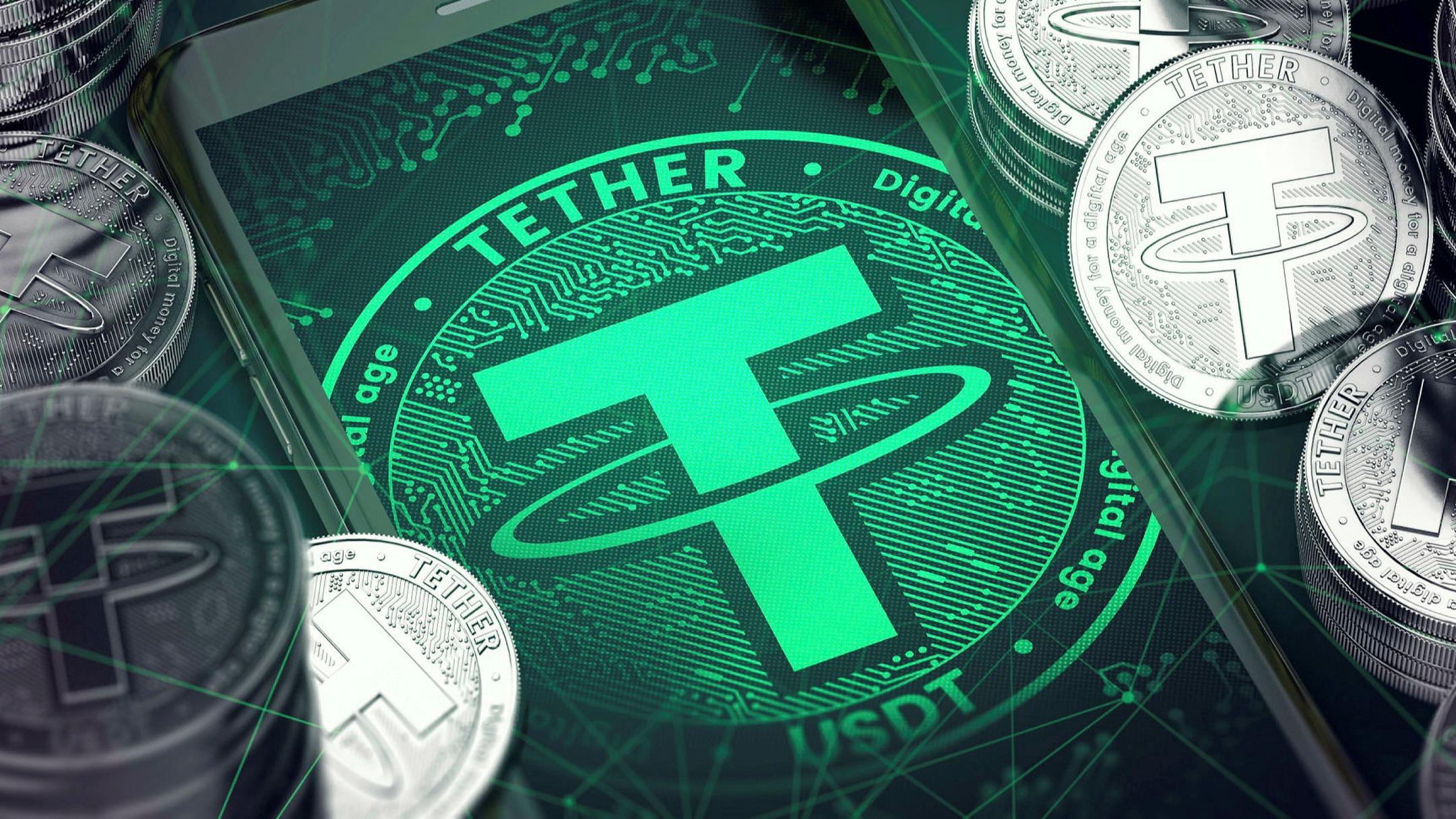|
Getting your Trinity Audio player ready...
|
In a major development for the cryptocurrency ecosystem, Tether announced the integration of its stablecoin, USDT, with Bitcoin through the Layer 2 scaling solution, the Lightning Network. The partnership, unveiled on January 30, 2025, during the Bitcoin-focused Plan B conference in San Salvador, El Salvador, was a joint effort between Tether CEO Paolo Ardoino and Lightning Labs CEO Elizabeth Stark.
This collaboration aims to expand the use of USDT, the world’s largest stablecoin with a market capitalization of $139.4 billion, onto Bitcoin’s Lightning Network, leveraging the Taproot Assets protocol. Taproot, introduced in 2022, enhanced Bitcoin’s capability to support tokenized assets, and now it plays a pivotal role in enabling the use of USDT on the network.
USDT, which is already processed across over 10 blockchains, including Ethereum, Solana, and Avalanche, has become a dominant force in the stablecoin market. In 2024, Tether processed an astounding $10 trillion in transactions, closing the gap with Visa’s $16 trillion. With this Lightning Network integration, USDT will now be accessible to Bitcoin users and merchants accepting Bitcoin via Lightning, creating an efficient and cost-effective way to send stable, tokenized dollars globally.
The integration not only supports Bitcoin transactions but also provides a key solution for users in emerging markets, where stablecoins are a crucial tool for hedging against local currency devaluation. Tether’s CEO emphasized the role of this technology in bridging gaps for users in these regions, ensuring greater financial inclusion.
Additionally, Lightning Labs highlighted the potential for this integration to support future transaction use cases, including interactions between artificial intelligence agents and autonomous vehicles, as well as micropayments on the Lightning Network.
Also Read: Crypto.com Delists Tether (USDt) and 9 Other Tokens in Europe Ahead of MiCA Compliance Deadline
This collaboration also aligns with Tether’s recent relocation to El Salvador, a country where Bitcoin is legal tender and where Bitcoin-related projects, such as the Chivo Wallet, have aimed to integrate cryptocurrency into daily transactions. With Tether’s move, the adoption of stablecoins and Bitcoin in emerging economies is poised for a new chapter.
Disclaimer: The information in this article is for general purposes only and does not constitute financial advice. The author’s views are personal and may not reflect the views of Chain Affairs. Before making any investment decisions, you should always conduct your own research. Chain Affairs is not responsible for any financial losses.
Crypto and blockchain enthusiast.




